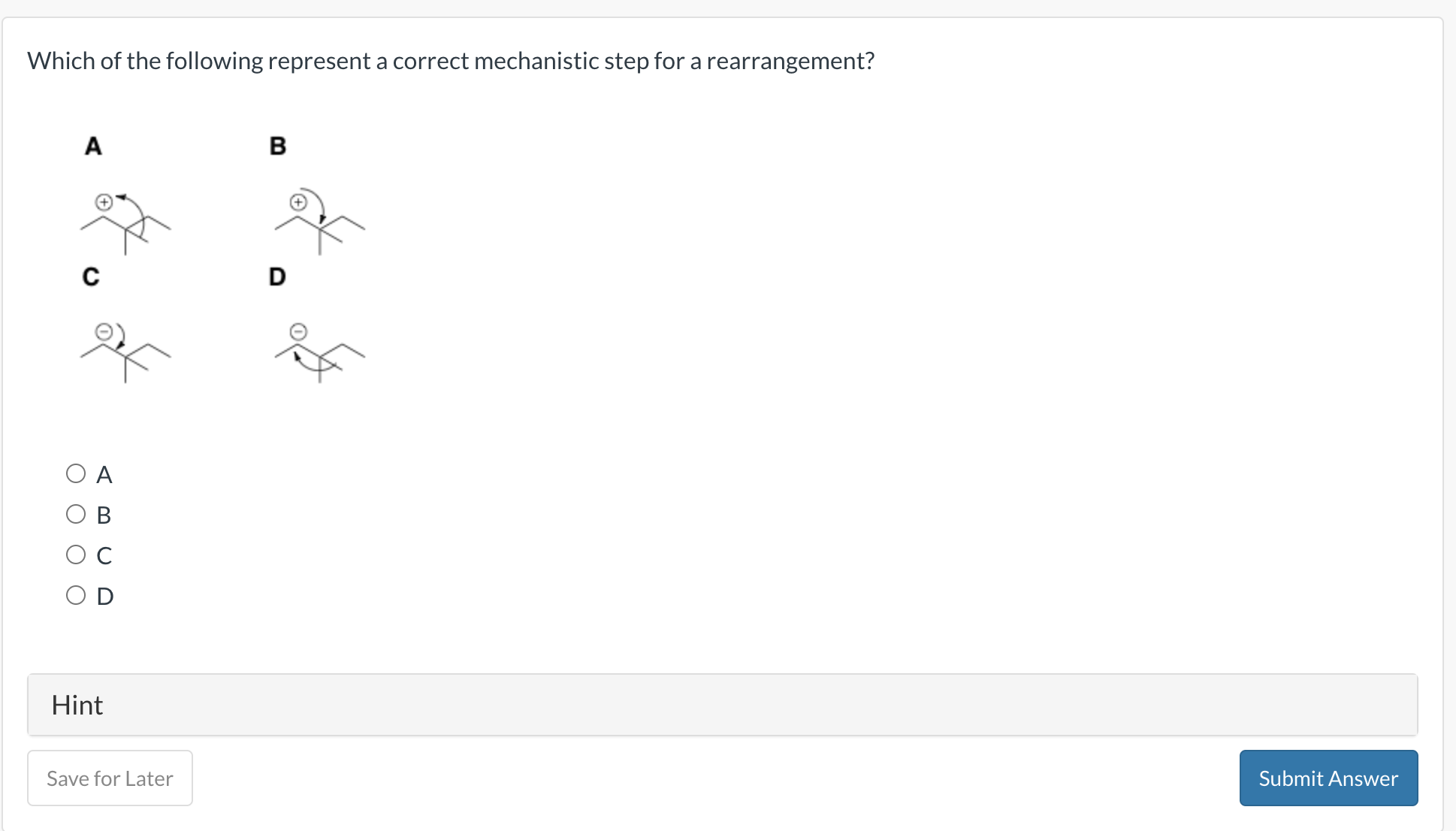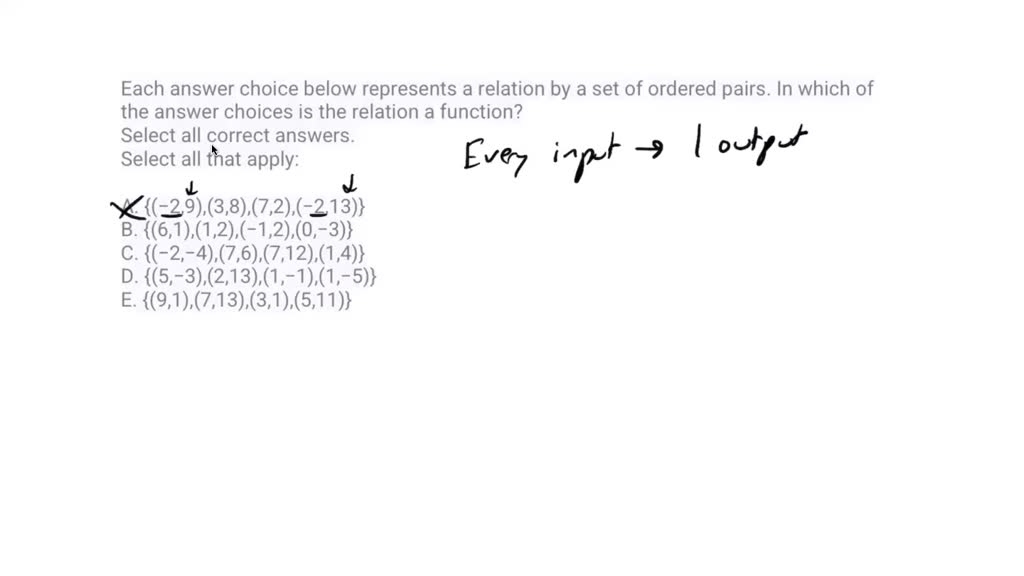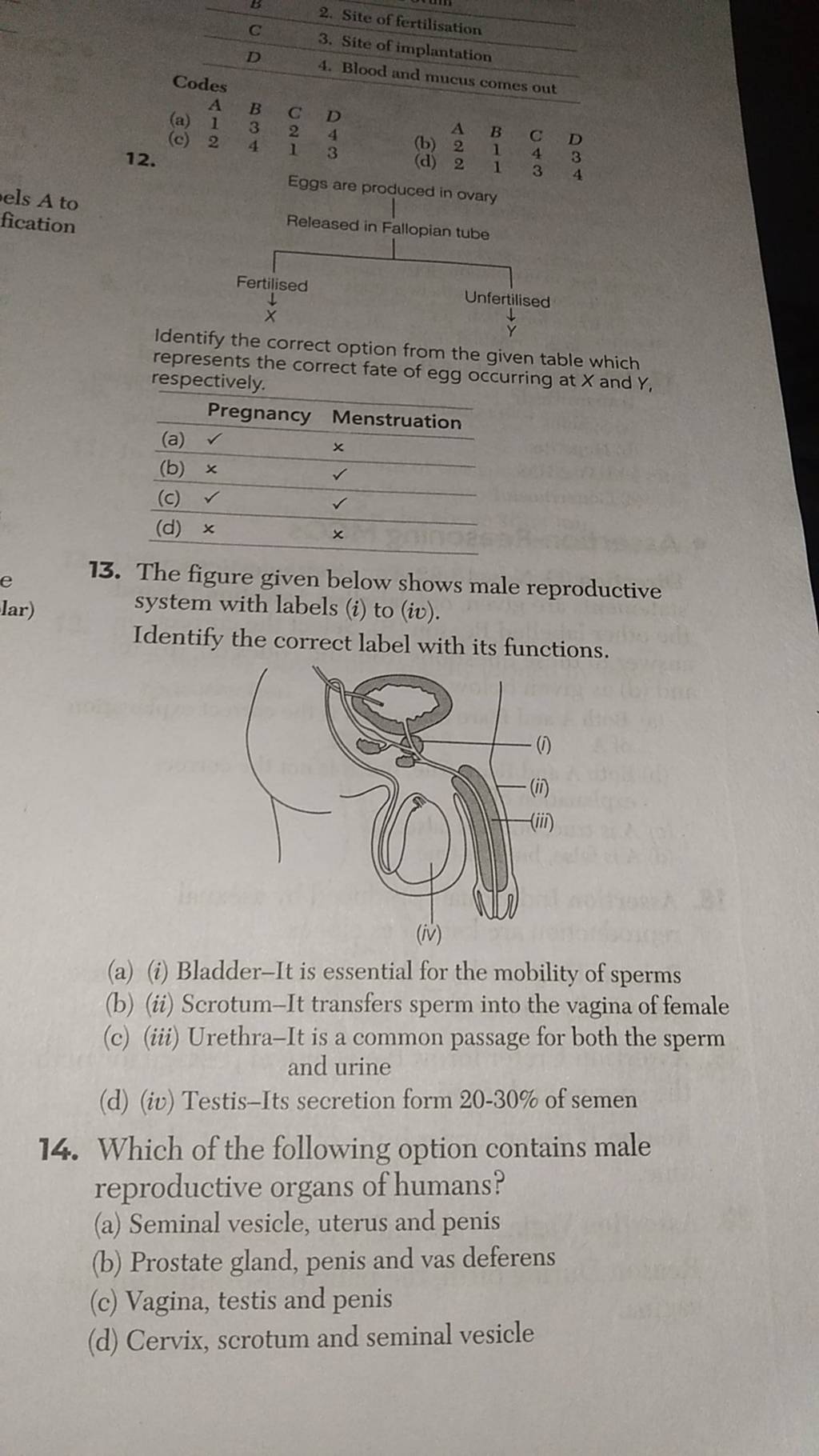Which Of The Options Below Represents The Correct

The seemingly simple multiple-choice question, "Which of the options below represents the correct…?" has become a surprising battleground in the age of information overload and increasingly sophisticated AI-driven content generation. From academic assessments to professional certifications, the accuracy and integrity of these questions, and the algorithms that sometimes generate them, are under intense scrutiny.
At stake is not just test scores, but also the reliability of systems that determine everything from job qualifications to college admissions. The core issue, as highlighted by recent reports and discussions within educational and technological circles, is the potential for ambiguity, bias, and even outright error within these seemingly straightforward prompts and answer choices. This article dives into the complexities surrounding this seemingly simple question, examining the challenges of crafting truly accurate multiple-choice questions, the potential for AI to both help and hinder the process, and the wider implications for assessment and knowledge verification.
The Challenge of Clarity: Defining "Correct"
Crafting a flawless multiple-choice question is far more complex than it appears. The primary challenge lies in defining what constitutes the "correct" answer in a way that is unambiguous and universally agreed upon.
Ambiguity often arises from nuanced interpretations of the subject matter, leading to disputes over the intended meaning of the question or the validity of alternative answers. As Dr. Anya Sharma, a professor of psychometrics at Stanford University, explains, "Even seemingly straightforward factual questions can be open to interpretation depending on the context and the level of detail expected from the test taker."
The problem extends beyond simple factual recall. In fields like law, medicine, and engineering, the "correct" answer might depend on a specific scenario, a particular legal precedent, or the application of a specific code or standard.
The Role of AI: A Double-Edged Sword
Artificial intelligence is increasingly being used to generate and analyze multiple-choice questions. AI can assist in identifying potential flaws in questions, ensuring that options are grammatically correct, and even generating new questions based on a given curriculum or knowledge domain.
However, AI also presents potential risks. One major concern is the possibility of algorithmic bias, where AI systems perpetuate existing biases present in the data they are trained on. A study by the Educational Testing Service (ETS) revealed that AI-generated questions in certain fields tended to favor specific demographic groups, leading to unfair assessment outcomes.
Moreover, AI-generated questions can sometimes lack the nuanced understanding required to assess higher-order thinking skills. While AI can easily test factual recall, it struggles to evaluate critical thinking, problem-solving, and creative reasoning.
The Human Element: Ensuring Quality and Fairness
Despite the advancements in AI, the human element remains crucial in ensuring the quality and fairness of multiple-choice assessments. Experienced educators and subject matter experts are essential for reviewing and validating questions, identifying potential biases, and ensuring that the questions accurately reflect the learning objectives.
Furthermore, rigorous quality control processes are necessary to identify and eliminate ambiguous or misleading questions. This involves pilot testing questions with a diverse group of test takers and analyzing the results to identify any patterns of misinterpretation or unexpected difficulty.
Organizations like the National Council on Measurement in Education (NCME) have developed guidelines for creating fair and valid assessments. These guidelines emphasize the importance of clear language, unbiased content, and alignment with learning objectives.
Implications for Education and Professional Development
The debate over the "correct" answer has significant implications for education and professional development. If assessments are flawed or biased, they can lead to inaccurate evaluations of student learning or professional competence.
This can have serious consequences for individuals' career prospects, educational opportunities, and overall life outcomes. For example, a biased exam could prevent a qualified candidate from obtaining a professional license or admission to a graduate program.
Moreover, reliance on flawed assessments can erode trust in the educational and professional systems. If individuals perceive that the evaluation process is unfair or inaccurate, they may lose confidence in the value of education and training.
Looking Ahead: Towards More Robust Assessments
Addressing the challenges surrounding multiple-choice questions requires a multi-faceted approach. This includes investing in better training for assessment developers, improving the transparency and accountability of AI algorithms, and adopting more holistic assessment methods that go beyond simple multiple-choice tests.
One promising approach is the use of adaptive testing, where the difficulty of the questions adjusts based on the test taker's performance. This can provide a more accurate and efficient assessment of individual knowledge and skills.
Ultimately, ensuring the integrity of assessments requires a commitment to continuous improvement, rigorous quality control, and a focus on fairness and equity. Only then can we be confident that the answer to "Which of the options below represents the correct…?" truly reflects a valid and meaningful evaluation of knowledge and competence.

![Which Of The Options Below Represents The Correct [ANSWERED] Which of the choices below represents the correct order that](https://media.kunduz.com/media/sug-question-candidate/20230305173510617916-4095795.jpg?h=512)




![Which Of The Options Below Represents The Correct [ANSWERED] Identify the option below that represents dependent events](https://media.kunduz.com/media/sug-question-candidate/20230802193214863914-3981232.jpg?h=512)




![Which Of The Options Below Represents The Correct [FREE] Each graph below represents a function. Drag the correct domain](https://media.brainly.com/image/rs:fill/w:750/q:75/plain/https://us-static.z-dn.net/files/d51/58554deb8c3af16052cc88f0ede4c416.png)

